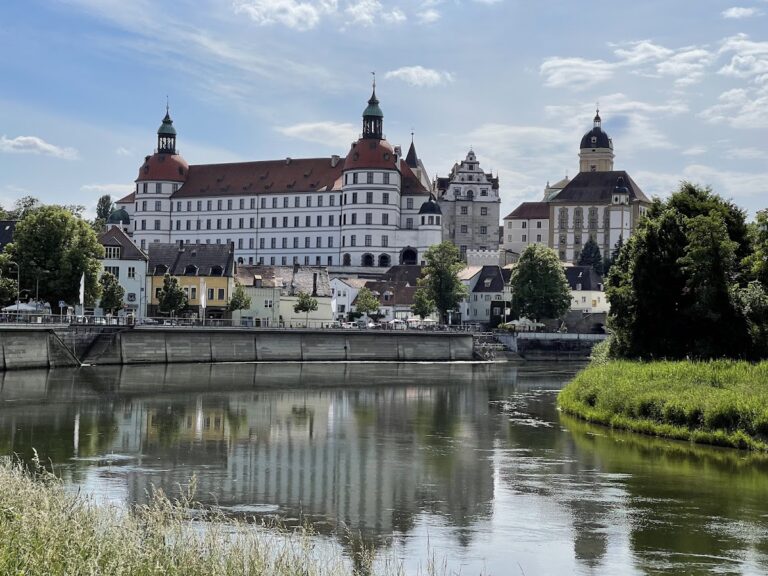Burgruine Graisbach: A Medieval Castle Ruin in Marxheim, Germany
Visitor Information
Google Rating: 3.5
Popularity: Very Low
Google Maps: View on Google Maps
Country: Germany
Civilization: Unclassified
Remains: Military
History
Burgruine Graisbach stands near the village of Graisbach within the municipality of Marxheim, Germany. This hilltop castle was originally built by medieval German nobility during the early 12th century, reflecting the region’s feudal landscape.
The earliest phase of the castle’s existence dates back to around 1130 when it was likely established by the local Lords of Graisbach. During the 13th century, ownership shifted after a nearby stronghold, Burg Lechsend, belonging to the Counts of Lechsgemünd, was destroyed by merchants from Regensburg in 1248. Following this loss, the Counts relocated to Graisbach and began calling themselves the Counts of Lechsgemünd-Graisbach, marking a new era of lineage tied directly to the castle.
The castle continued to serve as a noble residence through the 13th and 14th centuries, undergoing several expansions that enhanced its defensive and residential structures. Upon the death of the last heir, Gebhard III of Graisbach, who held the ecclesiastical office of Bishop of Eichstätt, in 1327, the estate passed into the hands of the Wittelsbach dynasty. Under their rule, the site was administered by ducal officials, emphasizing its role as a local governmental center.
In the 15th century, the castle suffered partial destruction. By 1523, its importance declined further as the local judicial court was transferred from Graisbach to the nearby town of Monheim. Over the course of the 18th century, the castle lost its remaining structural integrity when it was dismantled and quarried for building materials, gradually transforming into a ruin.
More recently, from 2005 onward, the property has been leased to a private resident by the local district authority. This modern stewardship sparked debate in 2009 due to concerns about alterations made to the site alongside a recorded collapse of a cellar vault, highlighting ongoing challenges in preserving the remnants of this medieval castle.
Remains
The ruins of Burgruine Graisbach still reveal the outlines of a complex medieval castle composed of a central stronghold, known as the core castle, and an adjoining outer bailey. Built primarily from locally quarried stone, the surviving walls provide a glimpse into the layout of the fortified compound that once crowned the Schlossberg hill at an elevation of about 430 meters.
Among the most prominent remnants are sections of the defensive walls, which once enclosed the castle grounds. These stone walls not only outline the former perimeter but also incorporate parts of the original entrance gate. Remarkably, fragments of this gateway have been preserved through their integration into later residential buildings, demonstrating how the castle’s fabric has been adapted through time.
A significant preserved element is the Romanesque chapel dedicated to Saint Pancras, dating back to the 12th century. This small religious building, contemporary with the castle’s founding, remains standing on the site, underscoring the spiritual dimension of the castle complex. Its endurance offers valuable insight into the religious architecture and practices linked to the noble occupants.
While structural modifications occurred over several centuries, including expansions in the medieval period, the castle eventually fell into ruin. Today, the remains present a fragmentary yet tangible record of its historic presence, combining medieval fortification and sacred space within the hilltop landscape.







